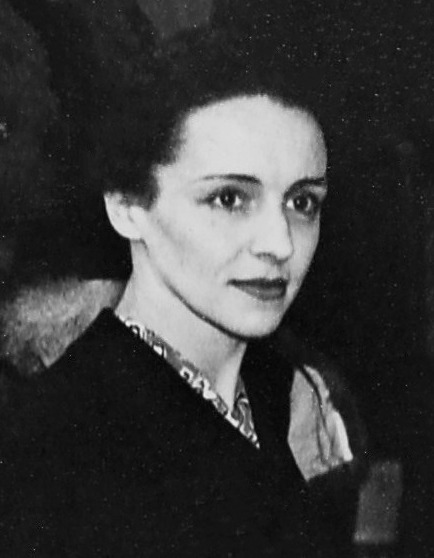


"Marie felt so confident in her daughter's knowledge and abilities that she had Irène give courses in radiation to soldiers and nurses," says Pasachoff. Irène worked alongside her mother running mobile X-ray units in field hospitals and specially outfitted vehicles, which the soldiers dubbed " petites Curies." During World War I, Marie chose a teenaged Irène to assist her in bringing X-rays to the battlefront to treat wounded soldiers. I could not forget, however, what my husband used sometimes to say, that, even deprived of him, I ought to continue my work."Īs the years went on, Irène took her father's place as Marie's colleague. Crushed by the blow, I did not feel able to face the future. In a biography of Pierre published by Marie in 1923, she wrote, "It is impossible for me to express the profoundness and importance of the crisis brought into my life by the loss of the one who had been my closest companion and best friend. "From all accounts Marie loved her husband deeply and was overwhelmed with grief, so much so that she refused to talk about Pierre," says Shelley Emling, author of " Marie Curie and Her Daughters: The Private Lives of Science's First Family" in an email interview. Yet just three years after they won the Nobel Prize, their collaboration ended tragically when Pierre was run over by a horse-drawn cart. The pair were deeply devoted to their work and to one another. Polonium was 400 times more radioactive than uranium. While investigating the source of the rays, they discovered two new radioactive elements - radium and polonium, which Marie named for Poland, the country of her birth. Studying an ore containing uranium, Marie noted that it emitted much more radiation than one would expect from the element alone. They set out to measure the strength of the rays by adapting an instrument developed by Pierre. Pierre shelved his work with crystals to help Marie further her discoveries.


 0 kommentar(er)
0 kommentar(er)
